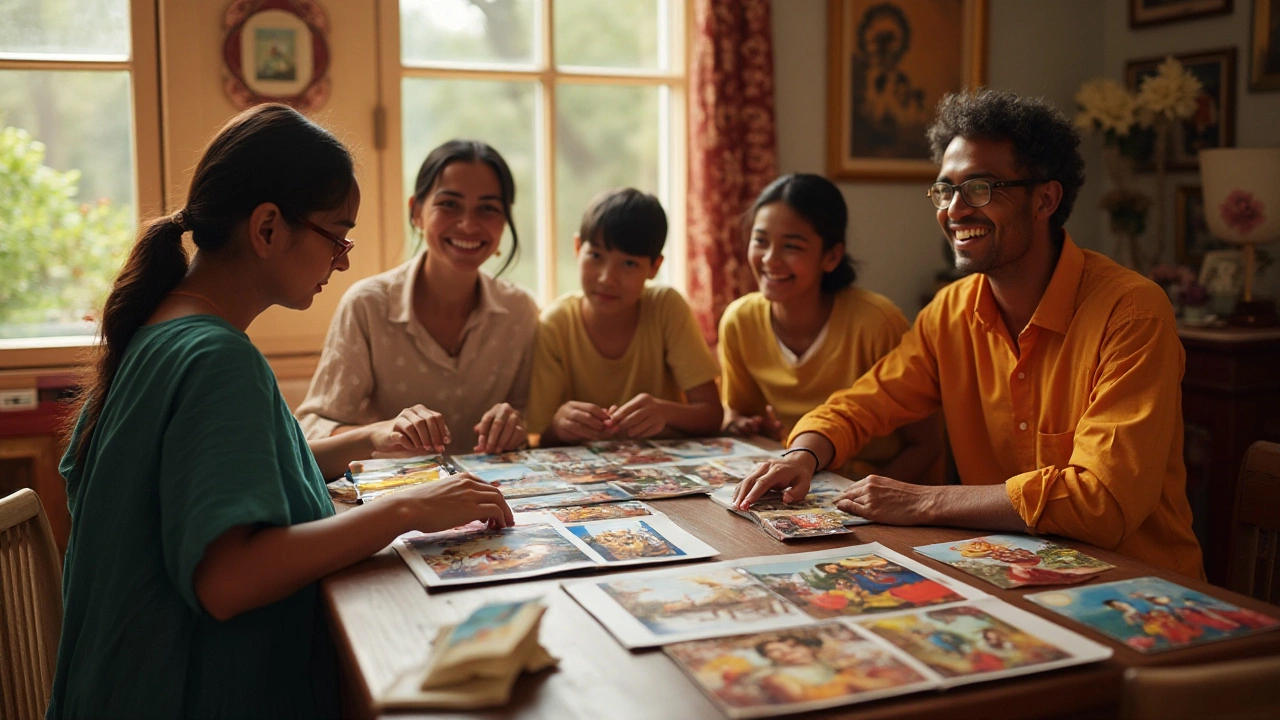Photo Book Capacity: What Fits and How to Pick the Right Size
If you’ve ever wondered how many pictures you can squeeze into a photo book, you’re not alone. Most people start with a vague idea – “a lot of photos” – and end up with a book that feels either too cramped or half‑empty. In this guide we break down the numbers, explain the impact of page size, and give you simple steps to choose a capacity that matches your needs.
Understanding Page Counts and Photo Layouts
Photo books usually come in standard page counts: 20, 30, 40, 60, 80, and sometimes 100 pages. Remember, each page is a leaf, so a 20‑page book actually has 10 sheets of paper. Most publishers count every side, so a 30‑page book typically offers 15 sheets.
The number of photos you can place on a page depends on the layout you pick. A single‑photo spread (two pages) holds one high‑resolution image, while a collage layout might fit 4‑6 smaller pictures. As a rule of thumb:
- Full‑bleed spread: 1 photo
- Single‑page full image: 1 photo
- Simple grid (2 × 2): 4 photos
- Dense collage (3 × 3): up to 9 photos
Multiply the average photos per page by the total pages, and you’ll get a rough capacity. For example, a 40‑page book using a mix of full‑bleed spreads and 2 × 2 grids averages about 2.5 photos per page – roughly 100 photos total.
Choosing the Right Capacity for Your Project
Start by listing the events or themes you want to showcase. A wedding album often needs more space for full‑bleed images of the ceremony, so a higher page count or larger format (e.g., 8 × 10 in) works best. A travel photo book can get away with tighter collages, letting you fit many snapshots in a smaller book.
Here’s a quick decision flow:
- Count the photos you truly want to keep – quality over quantity.
- Pick a dominant layout (full‑bleed vs. grid).
- Use the layout average to estimate needed pages.
- Round up to the nearest standard page count.
If you end up with extra space, add a few “blank” pages for notes or a pocket for keepsakes. If you’re short, consider a larger format or swapping some collages for single images.
One common mistake is adding too many filler photos just to fill pages. Those extra snaps dilute the story and make the book feel busy. Stick to the moments that matter – the smiles, the details, the emotions.
Finally, think about printing costs. More pages mean higher price, so balance your desired capacity with your budget. Many online services let you preview the total page count before you order, giving you a chance to trim or add as needed.With these basics, you can confidently choose a photo book capacity that tells your story without waste. Happy designing!
